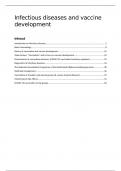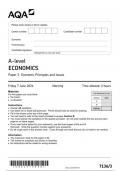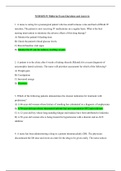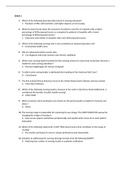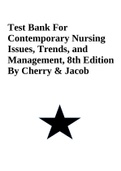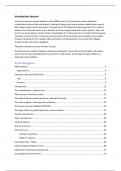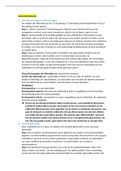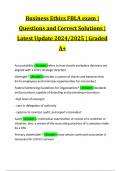Lecture notes
Lectures Infectious Diseases and Vaccine Development (minor Biomedical and Health Interventions)
- Module
- Institution
Complete summary of all lectures given during the course Infectious Diseases and vaccine development. This summary consists of all the material for the exam including illustrations. I passed the exam with a 8.8. (voor o.a. gezondheidswetenschappen, gezondheid en leven, biomedische wetenschappe...
[Show more]
